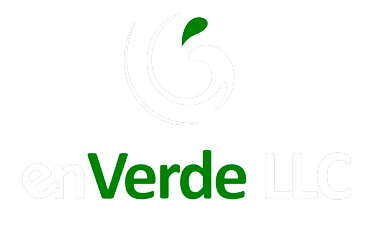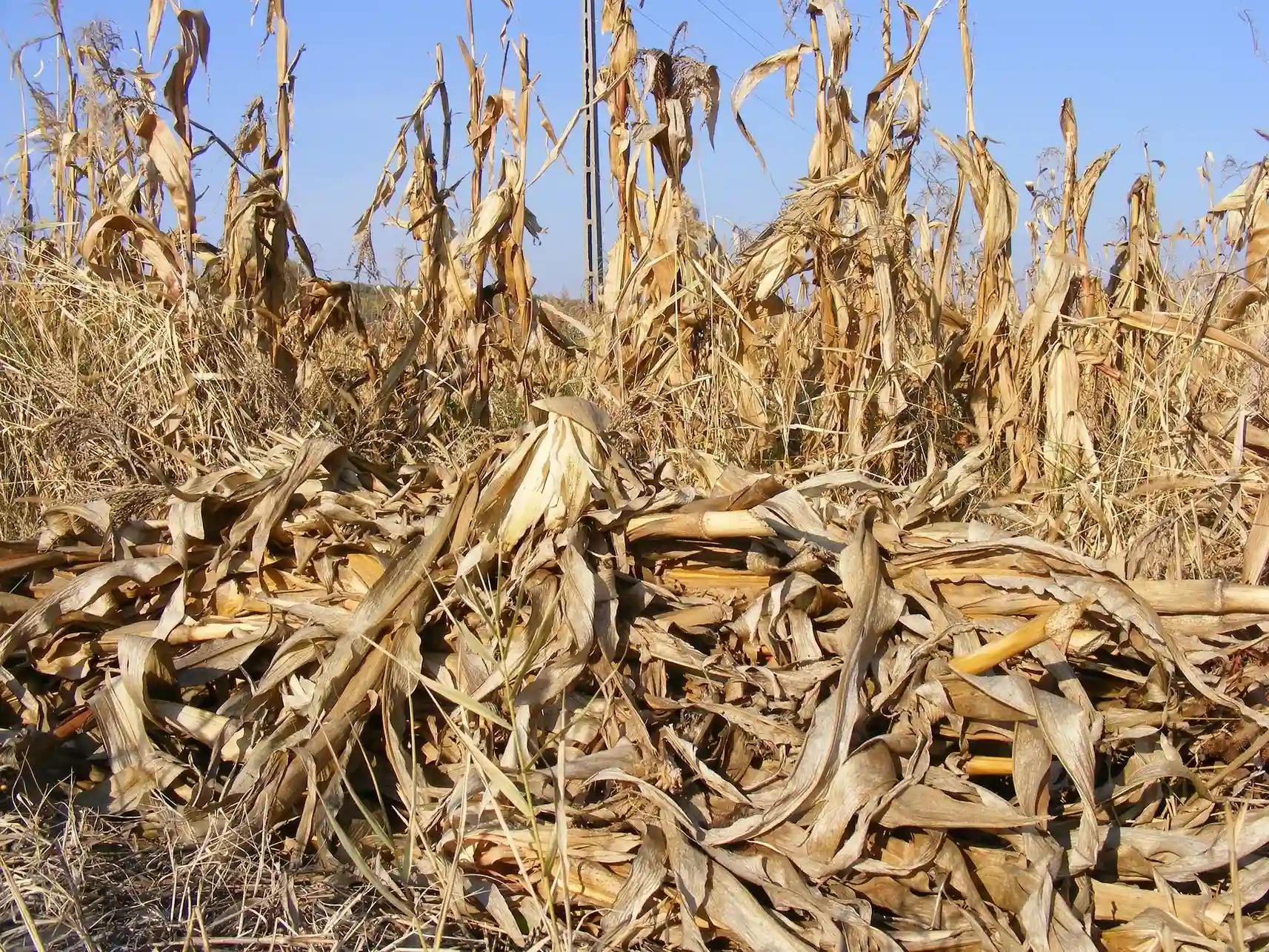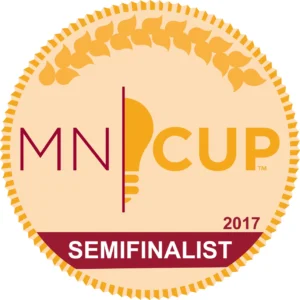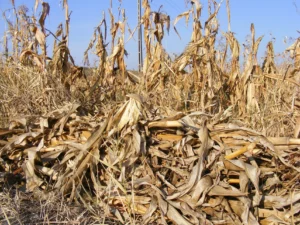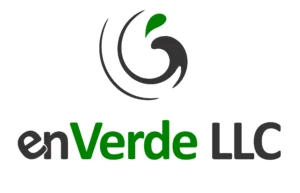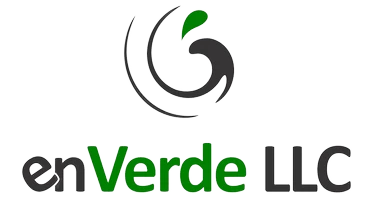enVerde technology converts organic feedstocks into green energy. So what exactly are organic feedstocks?


Corn Stover (above) and Woody Biomass (below)
Feedstocks are the raw materials used as inputs for industrial processes where those raw materials are being converted into something different (the outputs). One of the best-known examples is the use of crude oil (feedstock) as the input for refineries (the industrial process) to make gasoline (the output). In this case, oil is converted to a fuel via the refinery processes. Organic materials originate from living things. That is they were once part of living organisms. Trees are organic. So is petroleum oil (formed from living things like plants and even dinosaurs). Over time the definition of organic has become more chemistry related. Since all life forms as we know them contain carbon, organic has grown to mean (from a chemistry standpoint) carbon containing materials. Putting these concepts together, organic feedstocks are carbon-containing raw materials that are converted in industrial processes from one type of material to another.
Feedstocks are also forms of stored energy, referred to as potential energy, that can be converted into useful energy, kinetic energy, for creating power such as electricity or fuels. Not all feedstocks have the same amount of stored, or potential, energy as others. This is predicated on the chemical nature of the raw material.
There are a wide range of organic feedstocks in the world today. Here are some examples:
- Woody Biomass = Trees, Limbs, Tops, Bark, Sawdust, Scrap Wood
- Grasses = Yard Clippings, Switchgrass (an energy crop)

- Other Plants = Bush Trimmings, Leaves
- Agricultural Wastes = Crop Residues, Manure, Spoiled Materials
- Algae = Cyanobacteria, Seaweeds

- Used or Off-Specification Oils = Industrial Lubricants, Motor Oils, Waste Food Oils
- Tires = Passenger Car, Truck, Airplane, Industrial Machinery

- Non-Recyclable Plastics = Bubble Wraps, Food Wraps, Auto Materials (aka Auto Fluff the non-metallic portions of the vehicles)
- Organic Municipal Solid Wastes (MSW) = Food, Paper, Cardboard
- Industrial Wastes and Chemicals = Paper Mill Effluent Discharges, Refinery/Chemical Plant Used & Off-Specification Materials
- Human Wastes
This last area is very important and often overlooked. Wherever there are humans there will be organic wastes. In many communities, often times this becomes a huge sanitation issue because these communities do not have the power (e.g. electricity) to remove/store/clean the wastes they create. Over 1.7 billion people are without electricity today. The organic wastes they create can actually become part of the solution by converting the potential energy in the wastes to kinetic energy (electricity).
Organic Waste Transformed to Clean Energy
enVerde recognized the potential of utilizing an efficient and effective process to convert feedstocks into energy and chemicals. More specifically, we saw the value to converting waste organic feedstocks into clean energy. enVerde’s eVp processes can convert organic feedstocks into clean green energy, specifically synthetic gas usually referred to as syngas. Syngas, in its purest form, contains a combination of high energy containing hydrogen and carbon monoxide. Syngas can be used in applications where other energy gases like methane (natural gas) and propane have been used.

Why is This Important?
Renewable and alternative energy organizations have had some very interesting technology but the availability and costs of the feedstocks have often been very limiting. That has had a big impact on the commercial success. As you can imagine, organic waste streams (feedstocks) are abundantly available on literally every continent and in every community where people live. The ability to cost-effectively convert those feedstocks (wastes streams) to clean energy is a huge technological advancement. That is what enVerde is all about. It is why enVerde searched for and found technology that would accommodate a wide range of feedstocks to successfully address supply and cost challenges. We have the potential of utilizing abundant supplies of low lost feedstocks that are available locally literally across the globe to make clean energy.
Low-cost organic feedstocks, almost always waste streams, can be converted to cost-effective clean energy. enVerde can improve the environment, create jobs, provide economically viable energy sources all starting from organic feedstocks.
